Many analysts argue that Washington is losing its position as the only global hegemon with the rise of other Great Powers in the international arena. The relative demise of the American superpower paves the way for the end of an exceptional era of a Uni-Polar system and the rise of either a Bi-Polar or a Multi-Polar one. Arguments usually revolve around the rise of Russia and China as the main rivals to the United States. However, in this analysis, we argue that the Russian side is better to avoid being considered for such a competition for being involved in a hectic war which requires a sweeping victory for Moscow to compensate for heavy economic losses. China, on the other hand, is gaining momentum on the diplomatic and, to a lesser extent, the security front as new territories for Beijing ever to set foot on. Nevertheless, it is also the case that Washington is still maintaining its supremacy in major arms sales. The Middle East proved to be of paramount importance in the competition among great powers. With Beijing, Washington, and even Moscow trying to gain some influence, countries of the region have been shifting their foreign policies to be more independent to maximise benefits from the newly established world order. Accordingly, they are playing the rebalancing game which stipulates balancing powers mainly between the United States and China.
A New World Order
Great power competition has been considered an ongoing debate for a considerable time now. With the rising power of China and Russia, analysts started to mention the possible transition to a multi-polar system in which the United States is only one of the few Global Powers leading the world. The North Atlantic Treaty Organization (NATO) strategic concept released in 2022 clearly demonstrated how the organisation is shifting its attitude to be aligned with the new international system defined by the existence of more than one Global Power. Stating that the region is not at peace and mentioning Russia and China as the two main threats represents a blatant announcement of the beginning of a new era. However, that rivalry among great power is nothing new, but it was just accentuated as a repercussion of the war in Ukraine. In this piece of analysis, we argue that the emerging international system will revolve around the United States and China. At the same time, Russia will remain seated at a lower level in the Global Powers’ hierarchy.
Unless Russians achieve an overwhelming victory in Ukraine, they will be sidelined for being involved in a hectic conflict, mainly affecting its economy and diverting the country’s attention away from diplomatic and security roles required for an extraordinary power position. Although the IMF’s traditional economic assessment figures indicate that Russia’s GDP is performing better than expected, a study by the Centre for Economic Policy Research (CEPR) produced a “domestic demand tracker” measuring private sector activity. The study concluded that in 2022 private consumption fell by 4% and not by 1.8%, as mentioned by official studies. Even in official measures, a clue is given to the damage caused to the Russian economy, especially in non-military areas. Total goods imports were down by around 20% year on year; car production slumped by 67%, technology imports decreased by 30%, and television receivers were down by 36%. The deteriorating economic conditions in Russia would then keep the powered-superpower out of the competition, leaving the field for China to compete with the U.S. on the hegemonic role.
From the beginning, the Chinese understood that the Middle East does not stand at the periphery of the rivalry among great powers, but it is an important arena for great power competition. Recently, it became more evident that Beijing is heading towards more involvement in security and politics in the region along with the old strategy, which relied on economic interdependence. Beijing has taken some recent initiatives which suggest its inching towards more political involvement, such as the four-point proposal presented by Foreign Minister Wang Yi on the Palestinian-Israeli conflict in May 2021 and the Chinese brokered agreement between Saudi Arabia and Iran, a deal with broad regional ramifications affecting the war in Yemen and Syrian geopolitical position. On the security front, China has been taking similar steps for greater engagement by contributing more than 1800 troops to the regional U.N. peacekeeping mission in 2020.
In a Foreign Policy article published in June 2022, it was argued that despite all the initiative and effort undertaken by Beijing, the Asian power will never be able to play a major role in the Middle East for a quiet simple reason which is the fact that all regional powers’ overarching priority is containing Iran. In other words, they need the United States for security reasons leaving their hands tied and unable to lean towards Asia away from America. Months later, Chinese leaders proved shrewd enough by playing the game the other way around. Their strategy revolved around capturing the moment of Iranian vulnerability due to the tense internal situation to end the state of animosity between Iran and its neighbours leaving a lesser room for maneuvering for the United States. Beijing’s strategy proved that while not willing to provide a security umbrella for regional powers, an alternative can be offered. That being done, China was able to carve its own position in the region.
Although there were mixed signals sent by the last three U.S. administrations of pivoting to other regions of the world, the Americans still have their entire position. The Super Power is still maintaining its advantage in obtaining, accessing, basing and overflight for having more than 34000 personnel across the region. The military industrial bases of the U.S. are also known for their innovative products maintaining its global superiority when it comes to its share of exports of major arms, as shown in the chart. The Middle East remains an important player in the equation, as 41% of total U.S. arms sale went to the region. Saudi Arabia accounted for 19%, Qatar for 6.7%, Kuwait for 4.8%, and the United Arab Emirates for 4.4%.
The Americans, as well as the Chinese, comprehended the fact that stipulates the importance of the Middle East region in their rivalry. Although Americans seemed to have a “Bigger fish to fry” in Asia and the Indo-Pacific for some time, they hastened to take steps aimed at sending the message of American persistence in the region while not leaving room for manoeuvering for competitors. In his visit to Jeddah in June 2022, US President Joe Biden asserted this idea by saying, “We will not walk away and leave a vacuum to be filled by China, Russia or Iran,” he said. “We will seek to build on this moment with active, principled American leadership.” Accordingly, while China is taking steps towards assuming a high position in the region, Americans are not leaving their place in its entirety. Countries of the region have acknowledged this fact. While keeping their relations with the old hegemon, they are building strong ties with Beijing creating a balance of power which primarily served their interests. The next section will discuss how Middle East Countries are working on capitalising on discusscapitalisingthe new world order while shifting their foreign policy towards more balance.
A Tectonic Shift?
Some of the latest events in the Middle East are signalling a shift in Arab foreign policy. According to some analysts, Middle Eastern states are getting closer towards the Chinese orbit while leaving the American one. However, our argument suggests that analysts have gone too much far from reality, meaning that countries of the region are not seeing things from a binary pair of glasses. Still, they are reorienting their foreign policies to be aligned with the newly established multi-polar world order.
Since becoming a Crown Prince in 2017, Mohamed Bin Salman, who has demonstrated shrewdness and pragmatism in ruling the country, has been recalibrating the state’s foreign policy, which used to be tied to Washington. Untying the holy knot between the two parties was shown in the Saudi-led Organization of the Petroleum Exporting Countries (OPEC) and its allies’ agreement to an oil-production cut in October 2022 against U.S. wishes, triggering Washington to accuse Riyadh of aligning with Moscow. Saudi Arabia is not alone in its new approach to rebalancing relations with major powers. Other states in the region have been following the same path as a response to shifts in the geopolitical landscape. Rather than aligning themselves with a single superpower, countries of the region have been participating in multilateral orders led by Beijing and Washington. Countries of the Middle East have been engaging in Chinese initiatives such as the China-Arab States Summit and China-Gulf Summit, the already well-established Belt and Road Initiative, and applying to join the Shanghai Cooperation Organization as a dialogue member such as the United Arab Emirates, Bahrain and Kuwait. BRICS has also attracted the interest of many Middle Eastern states. Saudi Arabia, Iran, The United Arab Emirates, Algeria, Turkey, Egypt and Bahrain are countries that indicated their willingness to Join the group. Although not a formal free trade bloc, BRICS members often coordinate on trade matters and infrastructure loans. Accordingly, Middle Eastern nations are no longer satisfied with the old system, which was characterised by U.S. hegemony over the region. This does not mean that the American role in the area is being diminished in its entirety but it only means that countries of the region are capitalising on the rising power of China in order to diversify their foreign policies.
The most blatant example of the aforementioned diversification of Arab foreign policy is the deal reached between Iran and Saudi Arabia brokered by China. While some analysts referred to it as a sign of the waning power of the United States in the region to be replaced by China, it cannot just be downsized to such an explanation. Undoubtedly, the Iran-Saudi agreement, which aimed to restore diplomatic ties between the two states has given Beijing considerable diplomatic victory. While Riyadh and Tehran could have chosen either Oman or Iraq as the finish-line for their agreement, given the fact that bilateral talks have been taking place in those two countries, they decided China instead shortly after Xi’s visit to Riyadh in December 2022. Saudis found an opportunity in the rising power of the Chinese, who just recently started to offer diplomatic initiatives. Riyadh needed a new approach while dealing with the increasing danger coming from the Irani side, especially after the 2019 drone attacks at two major oil installations by Yemen’s Houthi rebels backed by Iran in which the United States proved to be an “inefficient” security guarantor exacerbated lately by its distraction in Ukraine and the Indo-Pacific. While not abandoning their alliance with the U.S., Saudis found that Chinese diplomacy can offer a solution that goes hand in hand with American security guarantees. In other words, leaders of the Gulf state are heading to a new approach of taking the best of both words. The Chinese involvement in the Saud-Iran deal mainly signals that Saudi Arabia decided to diversify and hedge even if this means maintaining its strategic alliance with the U.S. The Chinese offer Saudis leverage with Iran as a complement and not a substitute for American security guarantee.
In May 2023, Arab leaders took a decision signalling another step towards the diversification and independence of their foreign policy. After over a decade, Syrian was readmitted to the Arab League in a step which was heavily criticised by Washington. A U.S. State Department spokesperson insisted on that by saying that his country is “sceptical of Assad’s willingness to take the steps necessary to resolve Syria’s crisis”. Bloomberg reported that Arabs readmitted Syria to the Arab League “in defiance of the U.S.”. On the other hand, China, whose Foreign Ministry expressed congratulations on Syria’s return welcoming Arab solidarity, is believed to be satisfied with the new steps taken by countries of the region towards their Syrian neighbour. Regardless of the American and Chinese motives behind their stances, which is not our main focal point in this analysis, the decision to readmit Syria to the Arab bloc can also be considered one of those steps defining the newly established geopolitical reality in the Middle East. At first glance, it may appear that this step only signifies an Arab detachment from Washington’s strings. Although this holds some relevance, Arab leaders grabbed the moment as an opportunity to further insist on the newly followed approach in the region. During the Jeddah summit, which took place during the same month of the Syrian readmission, President Bashar Al-Assad was invited and was given the opportunity to give a speech in which he described the current situation as “a historic opportunity” for Arab leaders to rearrange the region with “the least amount of foreign interference”. Nevertheless, Al-Assad was not the only special host; Ukrainian President Volodymer Zelensky was also invited. Zelensky’s invitation is nonetheless symbolic, aiming at sending a message of neutrality. While being fully aware that the decision would not please Washington, Arab rulers were also keen on showing their support to the Ukrainian cause in a move signalling a balance between great powers’ aims and further independence in the regional foreign policy.
The aforementioned steps taken by Arab leaders have been falsely analysed by commentators as fully drifting away from Washington. However, observation proves that Americans will always be kept from the region while not denying the fact that Beijing is already gaining some territory. Washington has always relied on a security-based policy in the region while being perceived as an interventionist and non-fair referee. China, recently introduced its diplomatic-based approach and non-interventionist policies, was able to fill the vacuum left by the Americans. All this created a balance for regional states to capitalise on. At the moment, they have more than one alternative paving the way for more independent foreign policy. That being said, neither of the two powers is currently dominating the regional scene; none of them is being sidelined nor sitting in the driver’s seat. The hegemonic seat is currently split.
References
Baykar, Hamdullah. “China-U.S. Rivalry Enters a New Phase in the Middle East.” Carnegie Endowment for International Peace, 2023. https://carnegieendowment.org/sada/89789
Pletka, Danielle, and Dan Blumenthal. “China Won’t Replace the U.S. in the Middle East.” Foreign Policy, July 20, 2022. https://foreignpolicy.com/2022/07/20/china-us-middle-east-relations-hegemon-saudi-iran/
Olsen, Nathan P. “Preserving U.S. Military Advantages in the Middle East.” The Washington Institute, 2023. https://www.washingtoninstitute.org/policy-analysis/preserving-us-military-advantages-middle-east
Rumley, Grant. “China’s Security Presence in the Middle East: Redlines and Guidelines for the United States.” The Washington Institute, 2022. https://www.washingtoninstitute.org/policy-analysis/chinas-security-presence-middle-east-redlines-and-guidelines-united-states
Dalay, Galip. “Great Power Competition in the Middle East: A Visionless Contest?” Middle East Council on Global Affairs, March 6, 2023. https://mecouncil.org/publication/great-power-competition-in-the-middle-east-a-visionless-contest/
NATO. “NATO 2022 – Strategic Concept.” NATO 2022 – Strategic concept, 2022. https://www.nato.int/strategic-concept/
Inman, Philip. “Is the Ukraine War Boosting or Damaging the Russian Economy?” The Guardian, April 10, 2023. https://www.theguardian.com/world/2023/apr/10/is-the-ukraine-war-boosting-or-damaging-the-russian-economy
Schmith, Adrian, and Hanna Sakhno. “The Recession in Russia Deepens: Evidence from an Alternative Tracker of Domestic Economic Activity.” CEPR, February 14, 2023. https://cepr.org/voxeu/columns/recession-russia-deepens-evidence-alternative-tracker-domestic-economic-activity
Wezeman, Pieter, Justine Gadon, and Siemon Wezeman. “TRENDS IN INTERNATIONAL ARMS TRANSFERS, 2022.” SIPRI, 2022. https://www.sipri.org/sites/default/files/2023-03/2303_at_fact_sheet_2022_v2.pdf.




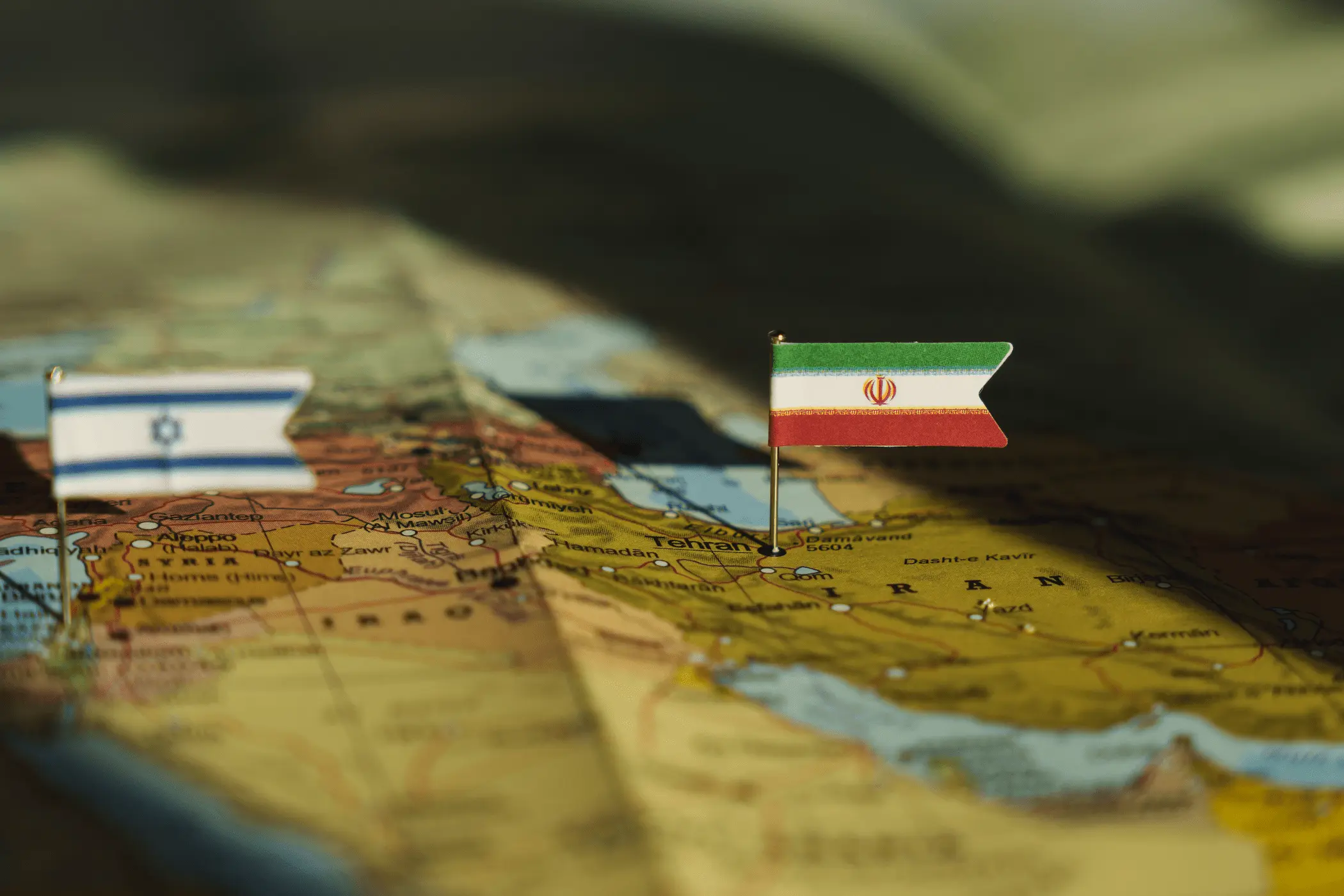
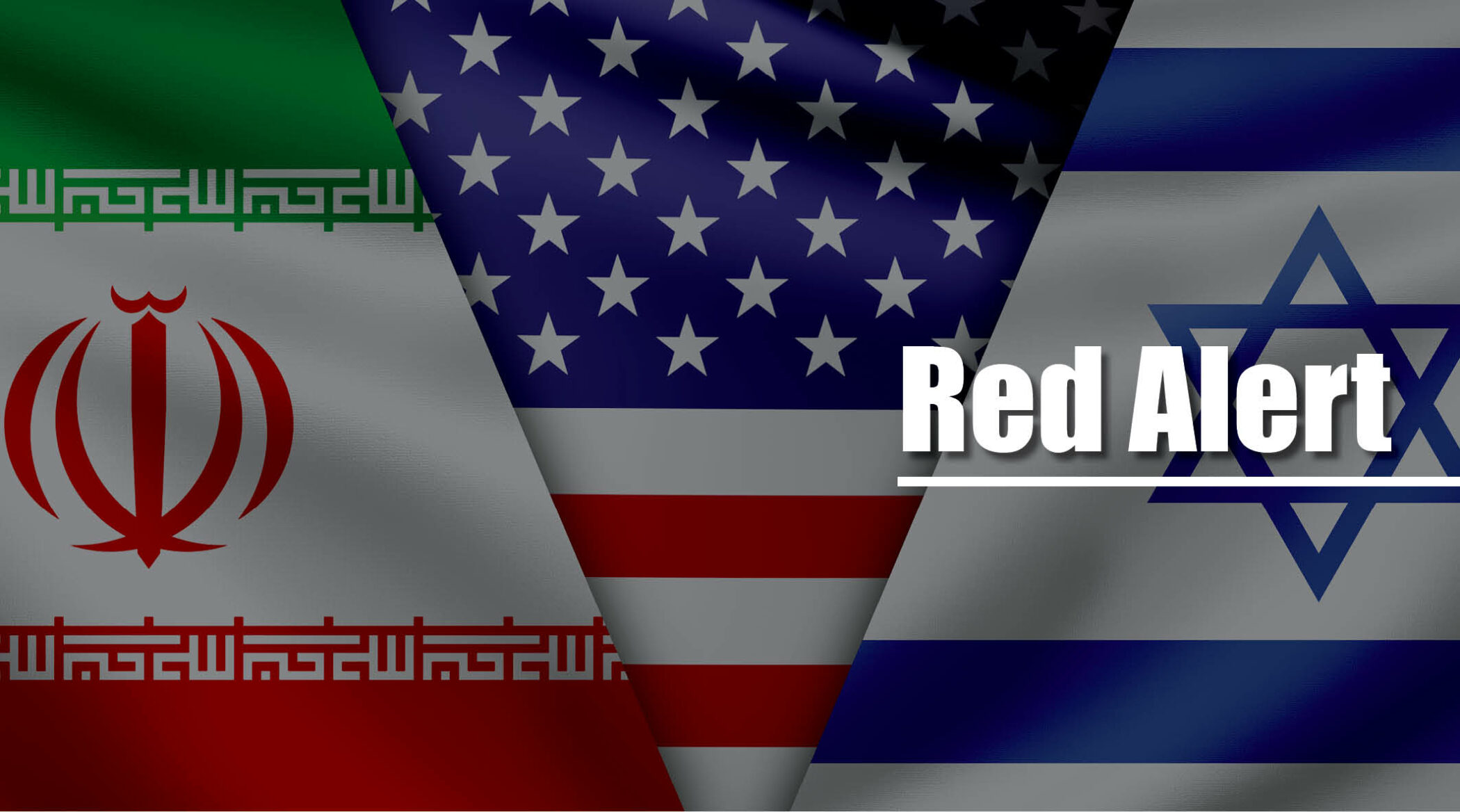
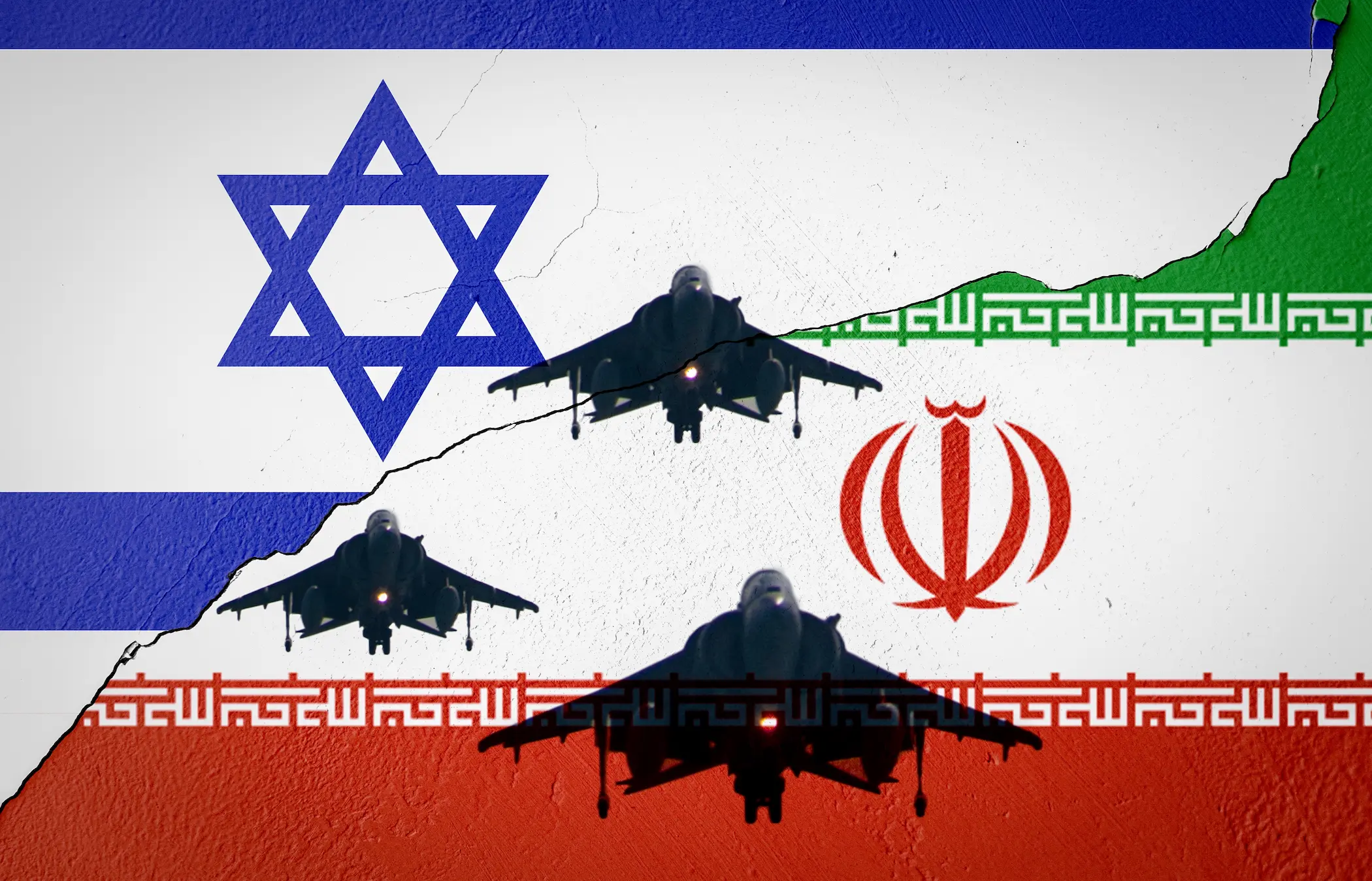
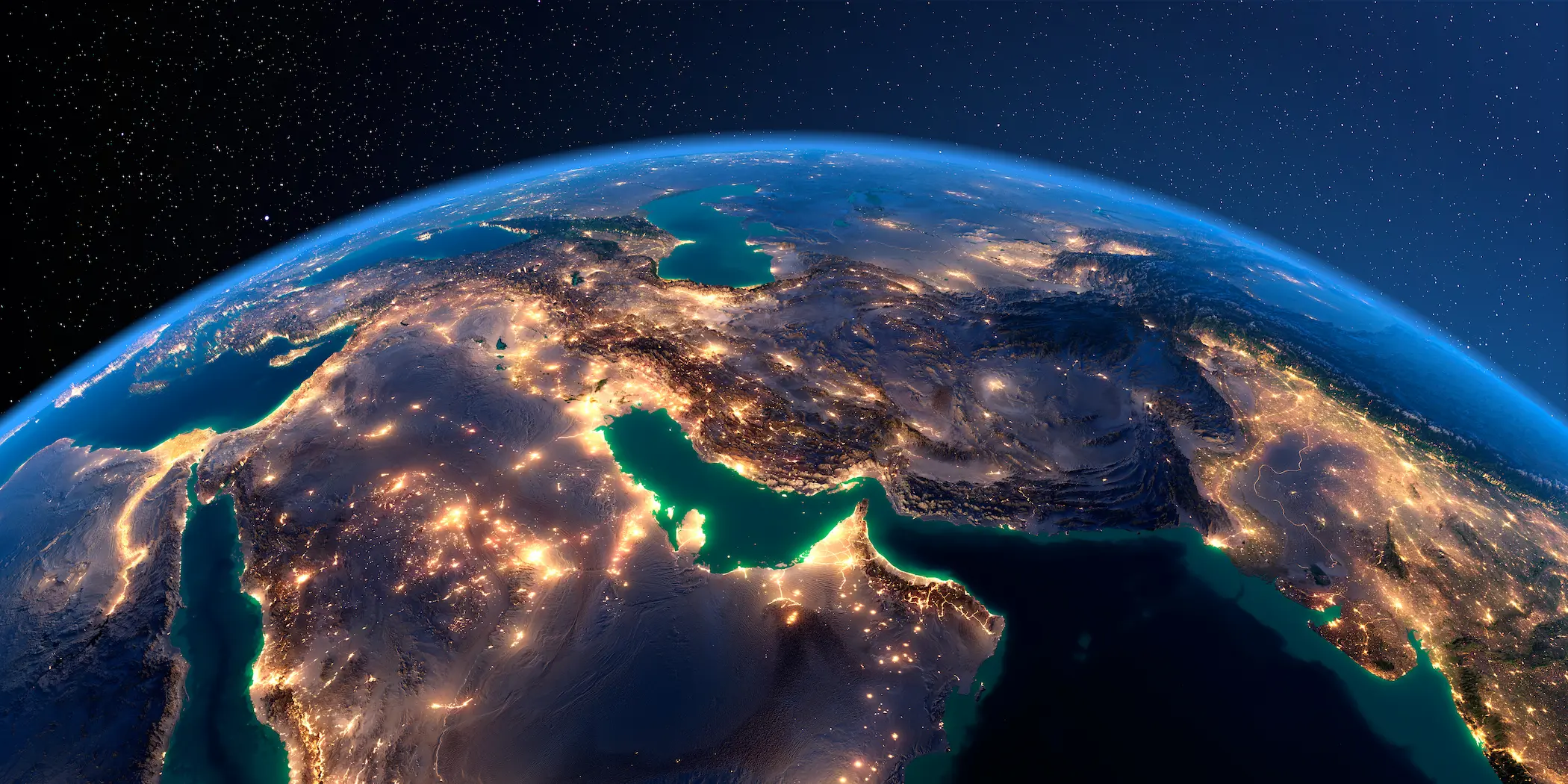
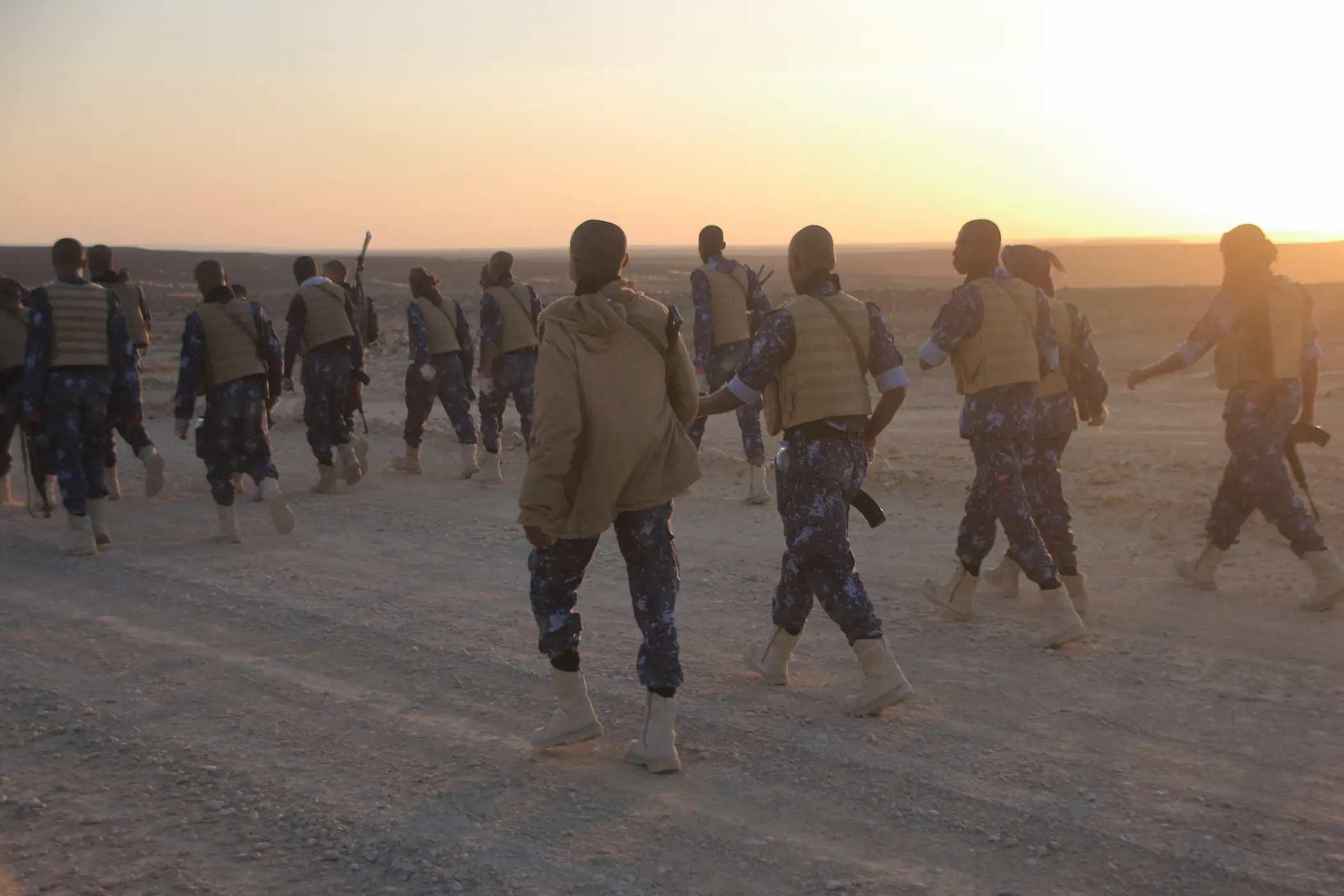
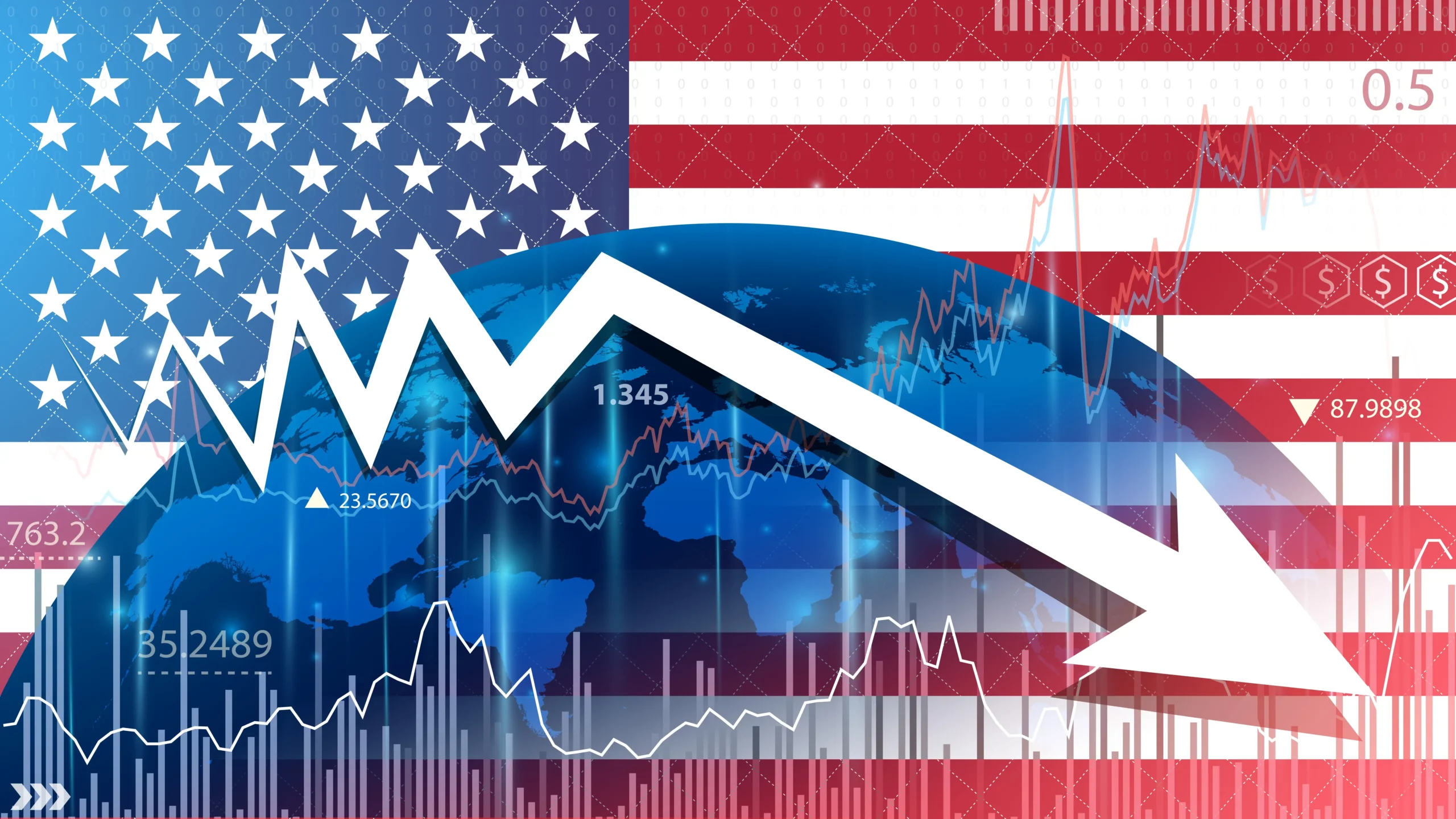
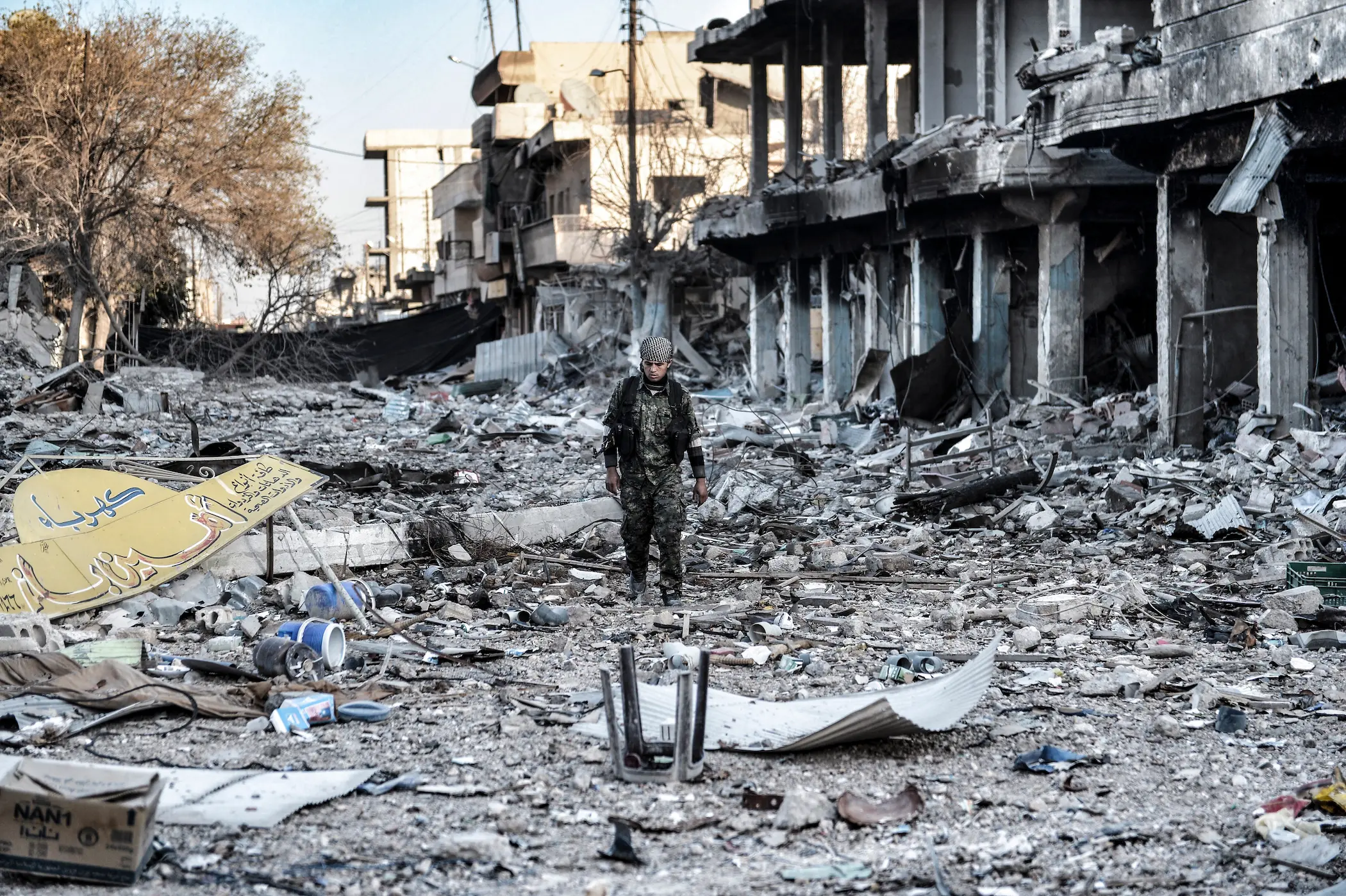

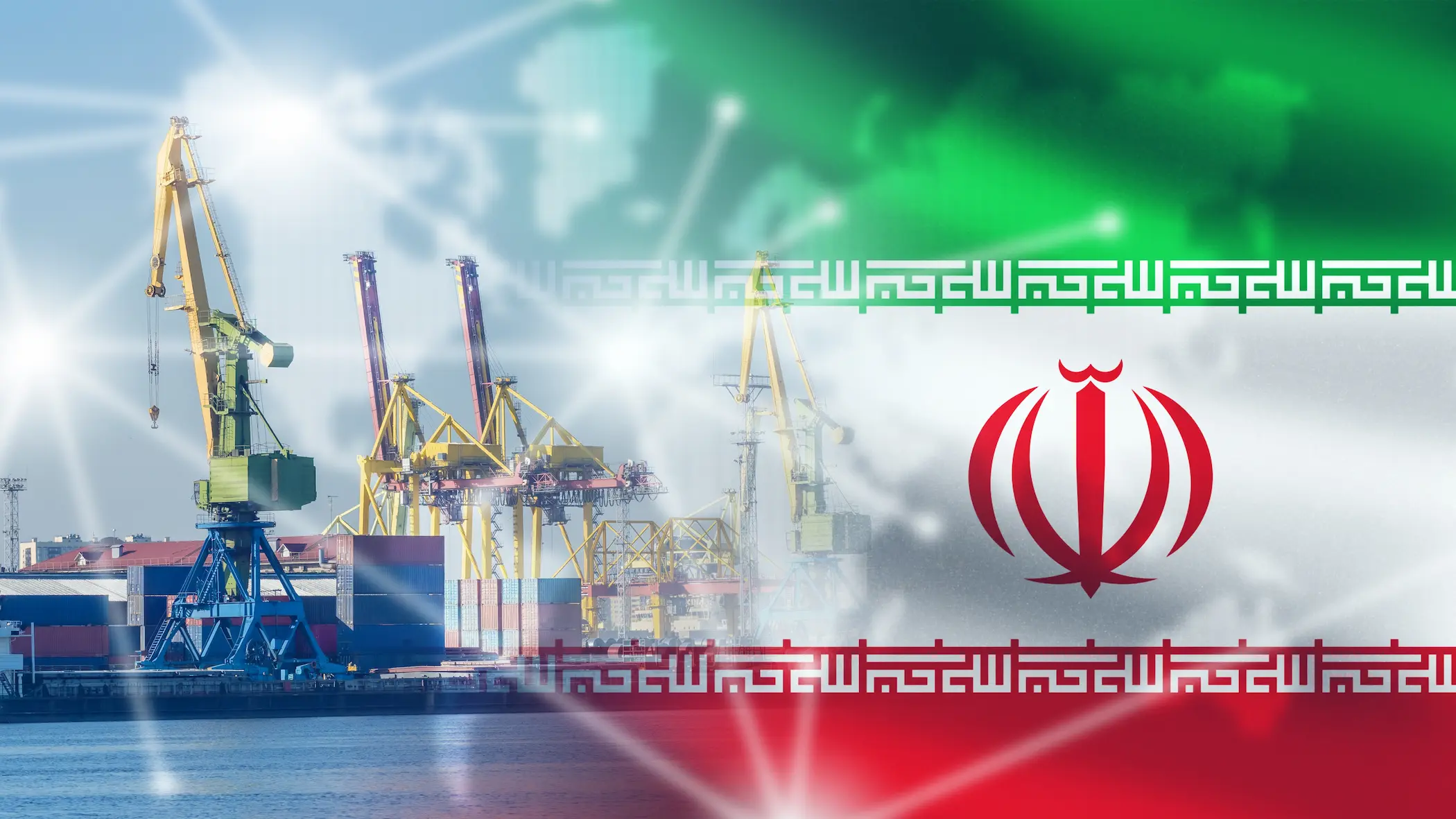









Comments